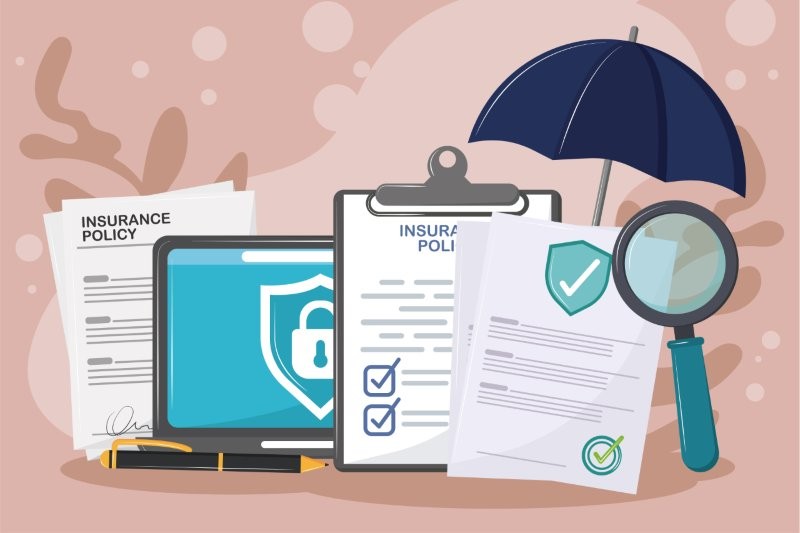Business planning – a must have for every retail practice!
All practices should have a business plan, which for small or medium-sized practices could be as simple as a one-page document. A larger and more complex practice with multiple revenue streams will likely have a more comprehensive plan, with several contributors providing input. The benefits include setting the business direction (and eliminating procrastination) and identifying key goals and strategies to achieve them. It’s a tool to communicate your goals and vision with your team and it provides a template to review actual performance against targets.
Businesses with a business plan (and budget!) in place prior to lockdown were better able to pivot and make quick decisions, and do so with a higher degree of confidence than their less organised counterparts. If you have not yet recorded your business plan in writing, the pace of change and magnitude of disruption over the past 18 months are compelling reasons to start now.
Essential components
- Set goals for the next 12 months, with a view to achieving outcomes over three years
- Agree an action plan with strategies to support the achievement of those goals
- Identify gross revenue targets and key performance indicators
- Identify opportunities and vulnerabilities in your practice that need managing
- Establish a 90-day action plan to address immediate critical issues
Look at your existing practice processes to see if improvements can be made by reflecting on past performance, then add these as goals to your plan. A planning cycle should broadly follow the following process of reflection, conclusion, plan, action.
Reflection
Ask yourself, over the last 12 months:
- Were all revenue streams reviewed and optimised pre/during/post lockdown?
- What worked well and what would you do differently in the event of another lockdown?
- How did you manage supply chain constraints?
- How do your customers interact with you in the new normal? Has this changed?
Conclusion
Using your reflections, are you able to reach any conclusions? For example, could your supply chain risks have been better managed; should you have given greater priority to your retail revenue stream; did you adapt quickly operationally; and does your communication with customers require improvement?
Plan, action and SWOT
Carry out a SWOT (strengths, weaknesses, opportunities and threats) analysis for your practice, including categorising the conclusions reached above; create or update your business plan; and consider strategies for your practice. Then implement your plan, regularly check actions are completed and reflect on this process.
If you have not prepared a SWOT before or it hasn’t been updated for a while, it’s a great way to assess the basics and see where your business lies. Analysing the strengths of your business helps identify your competitive advantage, while analysing the weaknesses helps identify issues that may impact your practice’s success.
Key SWOTS for the retail sector include:
- Strength: human resources – employee tenure, engagement, productivity
- Weakness: marketing – distribution channel, market share, digital transformation
- Opportunity: finance – sales growth, inventory ratio, gross margin
- Threat: product – purchasing system, quality control, new offerings
SWOT is a static assessment of a moment in time. While you can see results in a snapshot, you need to look at time series data to spot trends and gain true oversight. It’s also important to look beyond current ‘threats’ and take note of what may be on the horizon. This is especially relevant for the fast-moving retail sector, where new innovations and competitors are emerging both locally and, especially, online. Having identified your strengths, it’s important to understand this does not necessarily translate into a competitive advantage, especially if your strength is the same as your competitors’ or is common within the optometry sector.
Prepare for the unexpected
The pandemic reminded us that planning needs to be flexible, especially when dealing with an uncertain future. When a major disruption occurs, recalibrating your plan is a must. The process of ‘reflect, conclude, plan and do’ could be more frequent than an annual activity. While we are somewhat back to a ‘business as usual’ operating landscape, the challenges retail outlets will face during the next few years should not be underestimated. Carrying out the analytics suggested will provide more likelihood of thriving in 2021, while a clear and concise plan will form the foundation of any strategic reset that you may need to undertake.

David Pearson is managing partner of chartered accountants and business advisors BDO Hawke’s Bay. He has a special interest in providing advisory services to the optometry sector and extensive experience assisting both small and medium-sized entities. Contact David at david.pearson@bdo.co.nz or visit www.bdo.nz


























